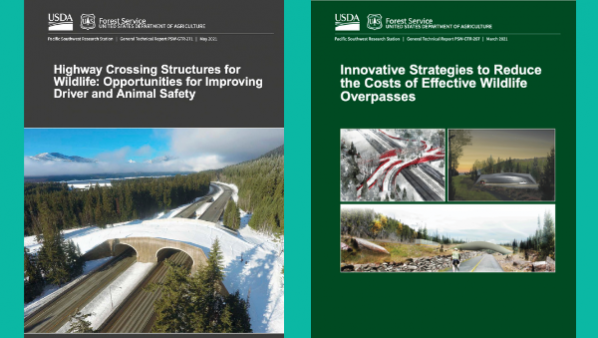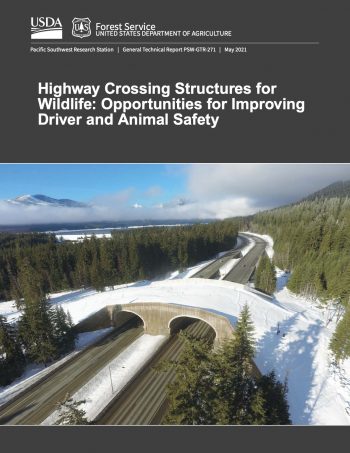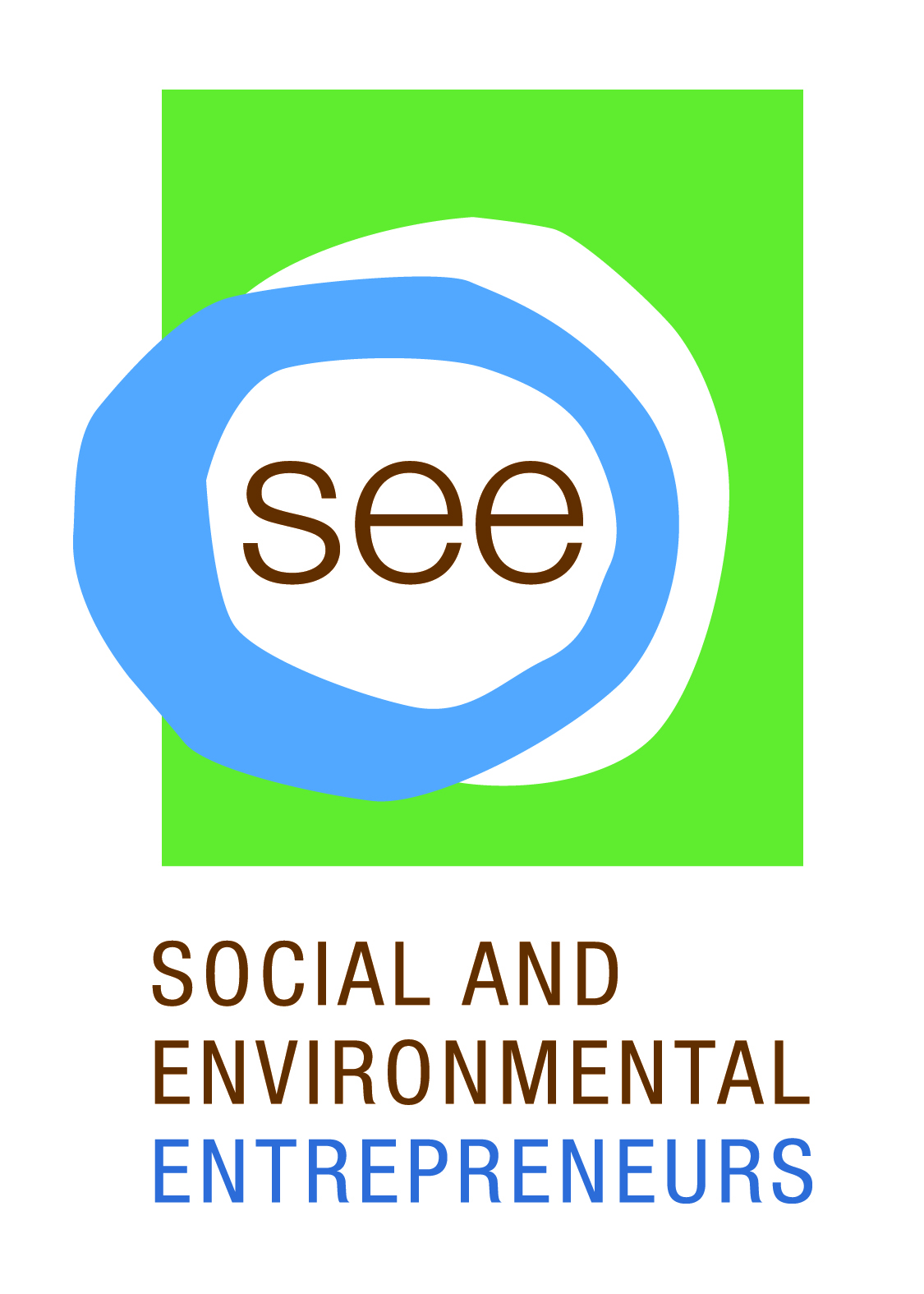News & Media
United States Forest Service Reports Outline Benefits of Wildlife Crossings and Offer Guidance on Effective Design
Highway Crossing Structures for Wildlife: Opportunities for Improving Driver and Animal Safety
Developed collaboratively by a multidisciplinary team of experts, this report summarizes for policymakers the challenges and anticipated benefits of creating a systematic, national network of wildlife crossings. The report first explores the high cost of wildlife-vehicle collisions and the many challenges to transforming the U.S. road network. For instance, no single agency is responsible for ensuring that animals can move freely across the landscape to meet their needs, so solutions often need to align the efforts of multiple partners. The report then catalogs the anticipated benefits from investing in highway crossings for wildlife.
In addition, the report identifies existing support for wildlife crossing structures and the anticipated benefits of policy and funding improvements that would further support the deployment of crossings. Finally, it maps out a path forward that advances evolving technological solutions while building upon successful efforts to reduce wildlife-vehicle collisions already underway at the federal, state, local, and Tribal levels.
Innovative Strategies to Reduce the Cost of Effective Wildlife Overpasses
Wildlife overpasses, or structures that bridge a road or highway to allow wildlife to cross over safely, pay for themselves fairly quickly but are often regarded as expensive to build. This report contains a host of information useful to transportation engineers, compiling design and construction techniques, strategies, and considerations aimed at reducing costs while maintaining or improving the efficacy of wildlife overpasses.
Potential cost-saving considerations are explored for each stage of the building process: planning; design and construction; and procurement, delivery method, and cost accounting. Examples range from recognition that good design can significantly lower project costs, to acknowledgment that restrictions used for vehicular bridges may not apply to wildlife crossing structures, to awareness that the choice of materials can potentially increase cost-effectiveness.
![ARC [diagram]](https://arc-solutions.org/wp-content/themes/arc/images/arc-diagram.jpg)



